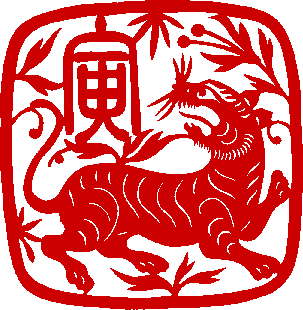
(menu courtesy of Thirty-Nine Cafe in Ponsonby, Auckland)
I haven’t been back to NZ in 8 years and I had forgotten how great their café culture is. I had forgotten how great their boutique coffee shops are, forgotten how great their different delicious caramel, chocolate or lolly cake slices are… and forgotten how to ask for a decent cup of coffee after being ‘Starbucks’ brainwashed!
What I need to forget is my daily double shot skinny tall latte and just go back to the basics – a flat white or a short black, Italian style. If you are traveling to the antipodean islands or find yourself in an antipodean coffee shop in London here is a helping hand to help you place an order for a REAL coffee (Thanks to this blogger)
Espresso: 30 ml of black coffee produced from 7g of ground beans.
Long Black: 60ml of espresso with 120ml of hot water added after brewing.
Latte: 60 ml of espresso, steamed milk, little froth
Cappuccino: 60 ml of espresso, 1/3 cup steamed milk, 1/3 cup froth
Macchiato: 60 ml of espresso, 5 ml milk on top, dollop of froth.
Mochaccino: 60 ml of espresso, 1 teaspoon drinking chocolate, steamed milk
Flat White: 60 ml of espresso, in regular cup, steamed milk
If you are looking for a flat white in London head to Flat White on Berwick Street )
For more flat white chat click here.
JAM English Flashcards: Fruit and Vegetables available online at jam.shop now!

